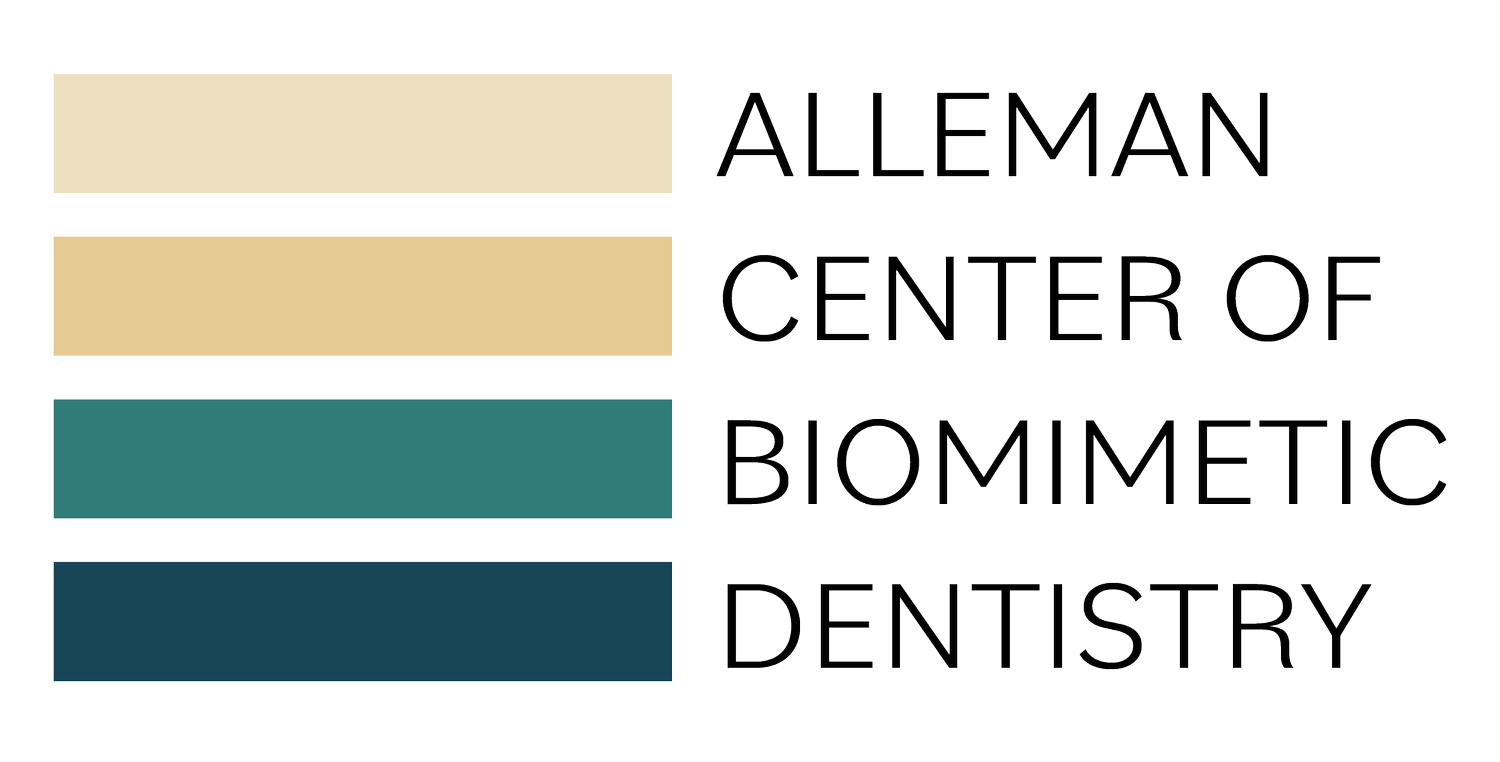Conservative Alternatives to Crown Lengthening Surgery
Advances in adhesive dentistry offer a number of treatment alternatives to crown lengthening surgery. While some cases will still require a surgical approach, being able to offer patients more conservative options that eliminate healing time and preserve healthy gum and bone structure is a logical first step to minimize the impact of dental treatment.
This early 2000’s case by Dr. David Alleman, DDS shows one of the first cases of deep margin elevation, or “raising the box” as he originally called it.
What is crown lengthening surgery?
Crown lengthening surgery is often recommended when a retention form crown or bridge is insecure on the remaining tooth structure and requires more structure to be held. Gum and sometimes bone are surgically removed to expose more of the tooth, creating a larger retention area (ferrule development). Recovery often takes multiple weeks before the gum is healed enough so the crown or bridge can be replaced. Crown lengthening surgery can also be recommended as part of cosmetic restorations to increase the length of the anterior restoration.
The deep vertical crack under this poorly bonded composite restoration may have been recommended for a full coverage crown with crown lengthening surgery in a traditional practice. Thanks to the conservative techniques of biomimetic restorative dentistry, healthy tooth structure can be preserved and this tooth can be restored to natural function with deep margin elevation. Case by Dr. Davey Alleman, DMD.
Adhesive techniques allow us to restore more teeth
Bonding to dentin, as opposed to retention form, makes it easier to restore more teeth without compromising healthy tooth structure. In cases where crown lengthening surgery is traditionally recommended due to lack of tooth structure, bonding to dentin with deep margin elevation offers more flexibility in prep design, requiring less remaining tooth structure to restore the tooth.
Advanced dentin bonding has demonstrated multi-year success with severely structurally compromised teeth from traditional crown preparations, cracks or trauma. This delays increasingly invasive treatment and improves a patient’s long-term dental health by helping them keep their natural teeth functioning and symptom-free for a longer period of time.
This case by Dr. Davey Alleman, DMD shows how a tooth with deep defects does not need to be cut down for a traditional retention crown. Deep margin elevation and other dentin bonding techniques allow for greater adaptability so prep design is pathology driven.
Deep margin elevation (DME) as an alternative to crown lengthening surgery
For cases with subgingival defects or retentive crown preparations, deep margin elevation can offer an alternative to crown lengthening surgery. Deep margin elevation uses isolation techniques to retract the PDL fiber, giving access to the areas of dentin that need to be restored. Advanced adhesive materials and techniques restore missing tooth structure by bonding to the deep dentin and root dentin, sealing out reinfection to eliminate post-operative sensitivity or inflammation. Once the restorative material is supragingival, the restorative process continues for dentin and enamel replacement.
Watch this episode of the Six Lessons Approach Podcast to learn more about deep margin elevation.
Predictable bonding to deep dentin
Doctors who have concerns about the effectiveness of deep margin elevation are most often concerned about post-operative inflammation (violation of biologic width) and subgingival debonded restorations. Dr. David Alleman, DDS established a set of protocols (the Six Lessons Approach) that resolved both of these concerns:
Eliminating post-operative inflammation and concerns of biologic width violation: A common misconception of subgingival bonding, is that inflammation is caused from violating biologic width. The 2018 article “Deep margin elevation versus crown lengthening: biologic width revisited” by A Sarfati and G Tirlet found inflammation was instead caused by infection under the restoration. The solution is creating a bond to dentin at the nano-meter level, which blocks bacteria from entering under the restoration (learn more about the Six Lessons Approach protocols).
Subgingival debonded restorations: Deep dentin and root dentin are some of the most difficult substrates in a tooth to bond to due to their high water content. This makes bonding difficult but not impossible. By following Six Lessons Approach protocols including immediate dentin sealing, resin coating, fiber placement and incremental layering, doctors can achieve a bond to deep dentin at a strength of 30-40 PMa, sufficient for long-term bonds when followed by steps to create a biobase.
Here is the final onlay and x-ray from the same case by Dr. Davey Alleman, DMD. Long-term follow-ups of deep margin elevation cases show no inflammation as long as the bond to dentin is at the nanometer level and can prevent bacteria from entering under the restoration.
Learn more about how to predictably bond to dentin and restorative protocols that stay bonded and symptom-free for decades, view upcoming Alleman Center dental training programs.














